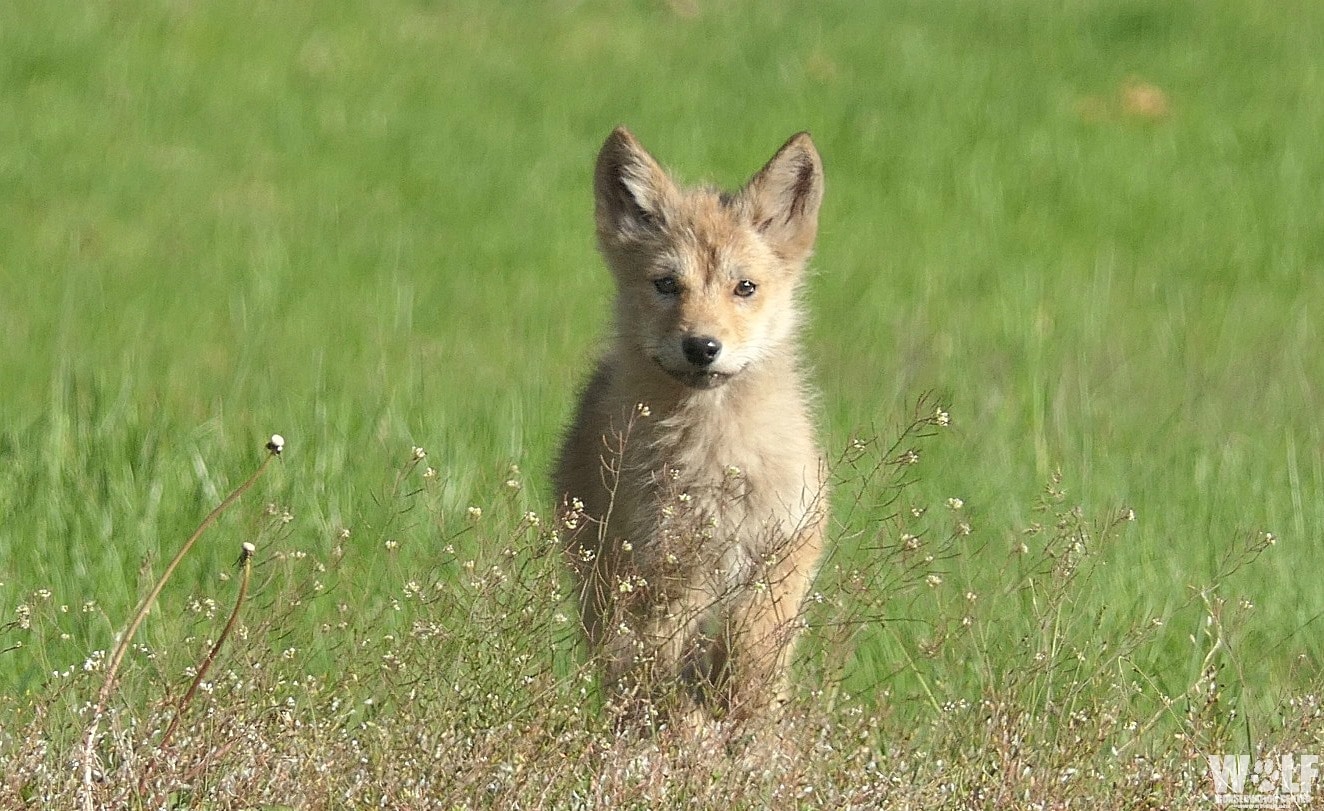
We will keep moving to stay warm (so bring a baby carrier or backpack for little ones) and enjoy each other’s company as we explore the land together. Winter Pupsĭuring the winter we spend two hours outdoors, bundled up for a winter hike, while we look at animal tracks, enjoy warm wild birch tea around a campfire, sing songs, and play games together.

Coyote pups for free#
Children under one can attend for free with an older sibling. While the program includes ages 0 to 5, the core group activities are created for ages 2 to 4 years old. Over the course of the morning, we sing songs, play games, create art, listen to stories, explore the forest, harvest wild feasts, and much more! Aunties, uncles, grandparents, and other adult caregivers are welcome to bring your little one, too. Children in the program range from infants to five years old. Meet families who share your love of nature and enjoy the community and friendships that form. Our Coyote Pups caregiver and child program is a time where you and your little one can explore and learn about nature together. The Latin name for coyote, Canis latrans, means "barking dog".Home » Programs » Youth Programs » Coyote Pups Caregiver & Child Program Coyote Pups Caregiver & Child Program Your children can have the experience of growing up in a village!.

Coyotes can hybridize with domestic dogs and wolves.They can jump horizontal distances of up to 4 meters.Coyotes live up to 10 years in the wild.The young are born blind and open their eyes after 10 days.They usually breed once each year.Ĭoyotes can hybridize with domestic dogs and occasionally with gray wolves.Ĭoyotes have been known to live a maximum of ten years in the wild and 18 years in captivity. Litter size ranges from 1 to 19 pups (the average litter size is 6 pups). Once the female chooses a partner, the animals may remain paired for a number of years. They are capable of digging their own burrows, but they often enlarge the burrows of woodchucks or badgers to use for their dens.Ĭoyotes mate between late January and March. Including human trash and household pets.Ĭoyotes are nocturnal predators, but can occasionally be seen during daylight hours.Ĭoyotes are capable of running at speeds up to 65 km/hr and they can jump horizontal distances of up to 4 meters.Ĭoyotes are less likely to form packs than are wolves, so they usually hunt individually, in pairs or small family groups.Ĭoyotes are resourceful. Coyotes can live in a variety of areas since they will eat almost anything, They occasionally eat birds, snakes, large insects and other large invertebrates. Found in agricultural lands,Īnd at the edges, and sometimes well into developed areas including cities.Ĭlick the range map to learn more about the distribution of Coyotes in Washington.Ĭoyotes are carnivorous - they eat primarily small mammals, such as eastern cottontail rabbits, thirteen-lined ground squirrels, and white-footed mice. Prefers open habitat and forest edges and readily uses open forests and extensive burned or clear cut areas. They range from Panama in the south, north through Mexico, the United States, and Canada.Ĭoyotes are present and common in most of Washington except the islands, and has been seen recently on Bainbridge and Whidbey. The long tail, which is half the body length, is bottle shaped with a black tip.Ĭoyotes are members of the dog family (canids) which includes wolves, jackals, coyotes, dogs, and foxes.Ĭoyotes are native to the Nearctic region and are found throughout North and Central America.

The coloration of coyotes varies from grayish brown to a yellowish gray on the upper parts. Coyotes are distinguished from domesticated dogs by their pointed, erect ears and drooping tail, which they hold below their back when running.


 0 kommentar(er)
0 kommentar(er)
